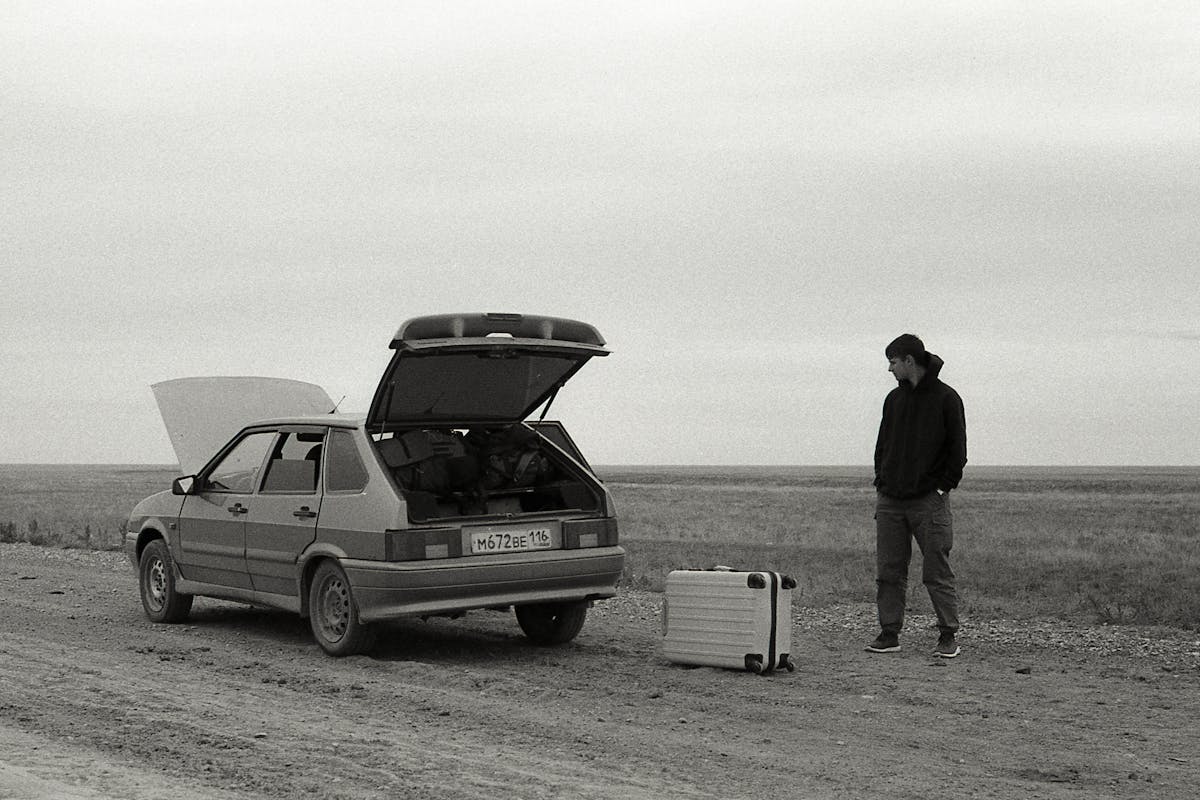Table of Contents
Most of the time, you can predict how your day is going to go. You’ll get up, work, have some moments to relax, and then turn in. Your daily routine will unfold without too many surprises. But what if an emergency happens? Will you and your family be prepared to handle the unexpected?
Preparing in advance is the best antidote to potential adversity. While everyone hopes they won’t have to put their emergency plans into action, preparation can be a lifesaver. If you haven’t thought about how you’ll get ready, it’s time to cover your bases. Here are some points on how to get your ducks in a row should a disaster strike.
Get an Emergency Kit
Emergency kits contain essential supplies you’ll need to survive for a few days if modern conveniences are unavailable. Supplies like non-perishable food, water, an LED flashlight, and a first aid kit can sustain you. You may also want to include tools like a wrench and a pair of pliers.
Other items to toss into a kit are duct tape, a weather radio, extra batteries, paper maps, and a mask. You can purchase pre-assembled kits that come in convenient backpacks if this all sounds overwhelming. Pre-assembled emergency kits are available for pets, too. They contain food and water for your pet, plus portable food bowls, leashes, and toys.
The backpacks have enough storage for you to add to purchased kits. You can put in a road atlas, important documents such as a birth certificate, and power banks for cell phones. Be sure to check the shelf life of the food and water packets, rotating them out as needed.
Assess Probable Risks
Emergency prep means identifying what threats you’re most likely to face. For instance, your area may be more prone to wildfires than hurricanes. And while 1,200 tornadoes strike the U.S. each year, the central part of the country experiences them more frequently. The region is known as tornado alley for a reason.
Assessing what disasters are the most probable helps shape your planning process. For instance, design a communication and evacuation plan for potential wildfires. Know what you’ll do in the event of a severe storm. Determine where you’ll go, even if it’s a specific room in your home.
You can also put safeguards in place, such as backup generators. Some people in hail-prone areas ensure they have resistant roof shingles and windows to mitigate damage. In areas prone to earthquakes, homeowners may take out insurance policies and retrofit their homes. Assessing your risks will direct your efforts where they’re most needed.
Reduce or Eliminate Dangers
Take a look around your environment. Within minutes, you could probably identify several hazards you don’t normally think about. Examples include heavy items that could fall during an earthquake. Maybe you have trip hazards in the way of a potential escape route from your home.
You might also have gas lines for appliances like fireplaces you’ll need to shut off. Your home’s fire extinguisher could be in an inconvenient location. By determining potential hazards, you can act before an emergency happens.
Secure or relocate objects that could injure someone. Move a fire extinguisher from the basement to the top floor. Better yet, have a fire extinguisher on each floor of your home within easy access. Test the devices periodically to ensure they’ll work when needed. Know how you’ll exit your home if you need to evacuate and keep the path clear.
Consider Special Needs
You and your family members may have special needs to consider in your emergency planning. Individuals with life-sustaining prescriptions, seniors, infants, and those with disabilities are examples. Think through how you’ll address those needs during an emergency.
Say someone in the family is diabetic. You’ll need to keep certain non-perishable food items in an emergency kit. In addition, you’ll want to ensure there’s enough medication and supplies on hand. Individuals with disabilities may need a different type of evacuation plan than someone who isn’t disabled.
Families with infants will need additional disaster supplies than those without younger children. These are points to think through and address before an emergency happens. Depending on the type and extent of the emergency, it may mean more than sustaining comfort. It could come down to being able to survive or avoiding the exacerbation of an underlying condition.
Emergency Prep
People don’t prepare for emergencies because of a lack of awareness and not knowing where to get resources. They also perceive it’s unnecessary. Modern life’s conveniences and routines can be comforting illusions. When everything you could possibly need is abundantly available, why worry? But a starker reality can set in when those resources are suddenly cut off.
Being able to effectively handle an emergency involves more than quick thinking and action. Often, those abilities come from thorough analysis and planning. It’s like having a strategy for balancing multiple priorities at work. You can adjust to the unexpected when you anticipate how you’ll respond to it.
Emergency prep is no different. Think about what you’re most likely to face and design a plan to get through it. Assemble the supplies you’ll need if the conveniences you normally have access to are cut off. Determine if you’ll stay at home or need to evacuate, as well as how you’ll communicate with loved ones. Consider how you’ll manage special needs and include provisions for them in your plans.


